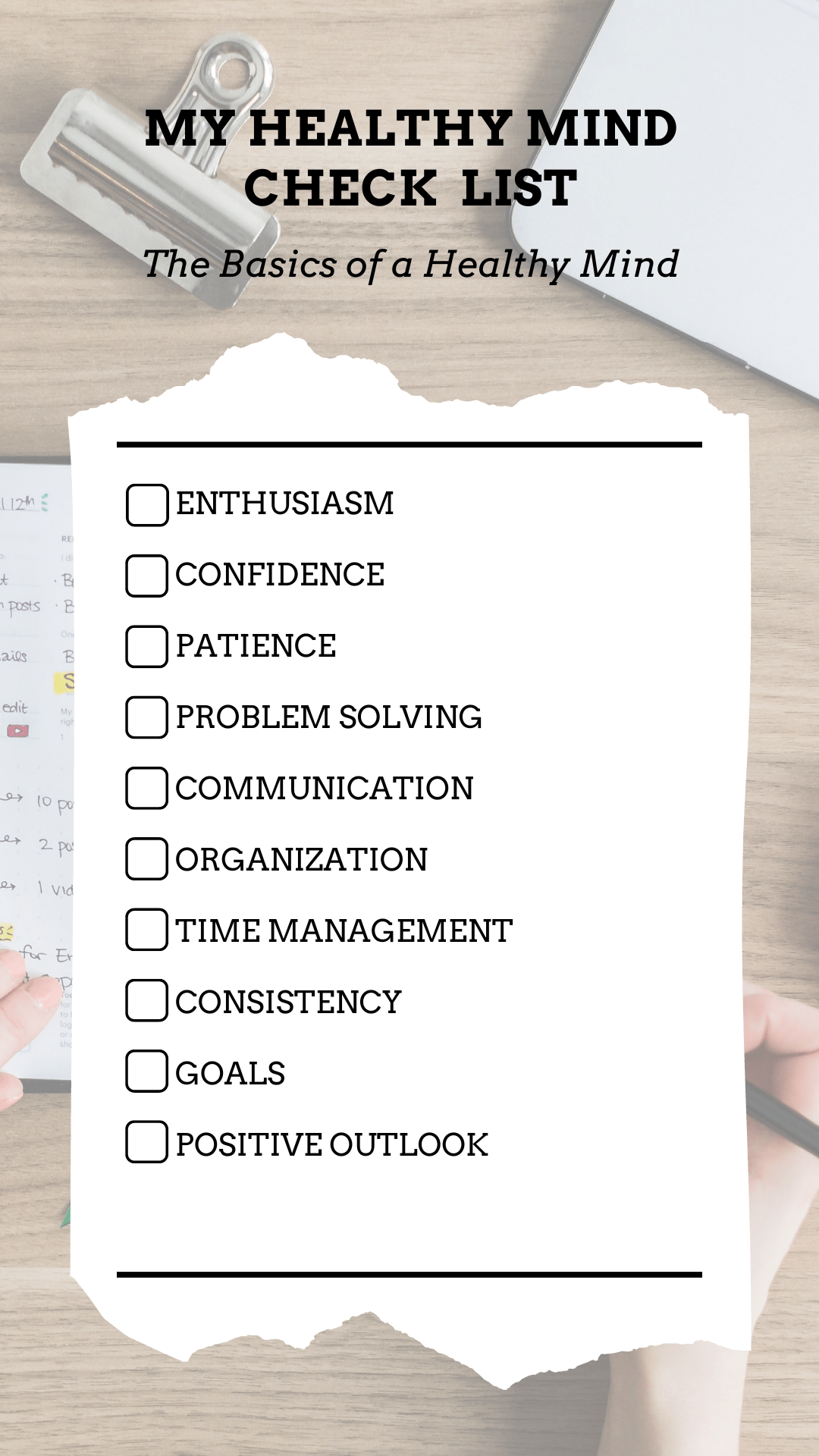In this article we look at the meaning behind teacher identity in the homeschool classroom, its connection to self efficacy, and the challenges to mental health.
In this article, we look at teachers who teach online students who are educated in the online classroom. The focus will be how teachers see themselves as they teacher in virtual classrooms as technology in education makes it possible today.

Teacher identity: is a set of beliefs, values, and commitments that an individual connects towards being a teacher.
Self efficacy: is a set of beliefs in one’s own behaviors and ability to perform well and achieved desired goals.
How can teachers establish their identities in the online classroom?
Sign up below to get your copy of this infographic that benefits mental health by having teachers and students look at the important skills in education.

Click to view this and other selections of digital products
Teaching in the online environment is very different to the traditional classroom environment.
We provides ways for teachers to work to overcome challenges to their identities in the online classroom, by working alongside students, school administrators, and parents.
Building Teacher Identity
This blog contains affiliate links to highlighted websites and/or resources. By clicking on the link and making a purchase we may earn a small commission at no extra cost to you. Click here for full disclosure.
Shaping the Teacher Identity: 8 Lessons That Will Help Define the Teacher in You
Teacher Identity in the Online Classroom (Video)
The topic of online education has seen a sharp and exponential growth in global educational policy thanks in large part to the coronavirus (COVID-19) pandemic of 2020.
Watch our video to see how teachers can establish (or claim) an identity that will benefit them and the students they teach in the online class.
The online classroom was one that was rooted in teaching English as a foreign language, and was defined as the classroom that included students from different countries.
The pandemic of 2020 forced school closures around the world and turned the traditional classroom into a ‘virtual’ one where teaching was to be done electronically.
How then has this change impacted on teacher identity?
Changes to Teacher Identity
In the past, teachers were seen as the center authoritarian figure in the classroom from which all knowledge was given.
As time passed on, the role of teachers has been reinvented to move away from the authoritarian figure, to the counselor for learning. This transition allowed for more student autonomy in the classroom.
In recent years, technology has become the essential tool for learning. Flipped classrooms, online educational tools, and now online teaching has forced yet another reinvention of teacher identity, for the ‘online’ or ‘virtual’ classroom.

How then, has this changed the identity of teachers?
Research into the effects on the mental health of teachers in changing classroom dynamics, has seen growing interest in helping teachers at any stage in their careers, with formulating an understanding as to the new roles teachers are expected to take on in the virtual classroom.
How then do we expect teachers to form their identity in this new ‘digital’ age of ‘virtual’ teaching?
It is therefore worth looking into the phenomenon surrounding mental health and teacher identity in the online classroom.
Teacher Identity and Mental Health
Teachers who experience high levels of stress can dramatically affect the learning of students in the classroom.
In looking to rationalize the research behind the growing numbers of teachers leaving the profession, the concept of mental health became an emerging field of interest.
The World Health Organization (WHO) defines mental health as a state of well-being in which individuals successfully cope with the normal stresses of life, enabling them to work productively and contribute to their community.

Different people may define well-being differently; however generally speaking, well-being can be representative of a positive sense of self when our cognitive, emotional, social and physical needs are being met.
The COVID-19 pandemic of 2020 forced schools around the world to define or redefine their policies and procedures around online learning.
In defining mental health and well-being in ministry wide policies, the definition speaks to the mental health and well-being of students as teachers are to ensure is met.
Challenges To Teacher Identity
Teachers may find certain challenges with teaching online, which may become a source of stress, whereby impacting on their mental health.

Therefore, a question that remains is; surrounding those teachers who manage to stay in the teaching field through their own resiliency, what strategies may help with teaching in the online classroom?
Recognizing Teacher Identity in the Homeschool Classroom
We discuss below both the challenges and possible solutions to teaching in the online classroom.
I. Educational Policy Reform
The challenges of implementing new and rapidly changing policies regarding online learning may be overwhelming for both first year teachers and veteran teachers alike.
Teaching online, as any teacher who has done so will tell you, is a whole different ball game, when compared to teaching in the classroom.
Solution: Flexibility With Teaching Strategies
When teachers are allowed flexibility in their online classrooms by administration, teachers then reclaim their identities as being in control and offer new teaching strategies that may allow for students become more active members in this new virtual learning environment that is the classroom.
II. Offering Technical Support To Students
As any teacher who has taught online knows, the struggle with having to navigate teaching while trouble shooting any technical errors students may have (no audio!) with using the technology at various times is very real.
Solution: Keep Calm – The Show Must Go On!
Okay not the show, but the lesson, must and will go on, until it’s time to end the class. School administrators will offer training needed for using online platforms.
However, they may or may not mention the one true reality of online teaching, which is that it is a juggling act.
Teachers need to master giving a lesson, while monitoring both the class participants list, and the chat messages all at the same time.
It’s important for teachers to remain calm and to know that eventually it does get easier with each lesson.

With any technical problem students may face, teachers will try their best to solve the issues, but if all else fails, teachers can count on that one student who knows more about technology that they do to help those not familiar with the audio rules when joining the Zoom class!
Teachers will, no doubt, have that one student who forgets to enter the class having to select “audio on”, but will also be blessed with that one student who can always lend a helping hand.
III. Differentiating in The Online Classroom
Differentiating in the online classroom, may prove difficult. In the traditional classroom, extra activities that students could find on their own, allowed them to move at different paces with their learning.
With the online classroom, teachers may struggle with helping students at different levels, especially those in the primary stages, adjust to this new style of learning.
Solution: ‘Breakout Rooms’ With Specialized Activities
Differentiating in the online classroom, may be possible with the use of breakout rooms.
Breakout rooms are part of meeting tools such as Zoom, whereby teachers select students and place them in separate virtual rooms, similar to chat rooms.

By allowing more independent students who are at the same level to complete more advanced tasks in a ‘breakout room’, teachers may provide these students the means to remain engaged with their learning.
Conversely teachers may put students at different levels together and encourage more advanced students to support the others with their learning as a means to strengthening their own abilities and identities.
Support For Teacher Identity In Education
When administration recognizes and acknowledges the benefits to mental health and identity by allowing flexibility in the classroom, teachers may benefit from mental health education to pass on this knowledge to their students who are mindful of all the benefits to a healthy environment.
By working in collaboration with administration, parents, and students, teachers can then work to allow for healthy students, with healthy minds, that believe in themselves enough to be proud of who they are, where they came from, and where they will hope to see themselves in the future.
Join Our Newsletter Community Today!

Related Topics
Check out our other articles related to mental health in education.
- Six Summer Time Activities At Home Kids Will Love
- 5 Ways to Improve Physical Health in Kids At Home
- The Influence of Parents on Education Policy
- How Laughter Makes Learning Fun and Effective for Kids
- Helping Parents Understand Online Learning Platforms
Share Your Thoughts
Note: Our suggestions are meant to be a means of support as to how teachers can cope with teaching in the online classroom. We recommend teaching stay in constant communication with their school administration for all the up-to-date changes to their school policies involving the online classroom.
Leave us a comment below and share your thoughts on this article and our suggestions for recognizing teacher identity in the online classroom.



